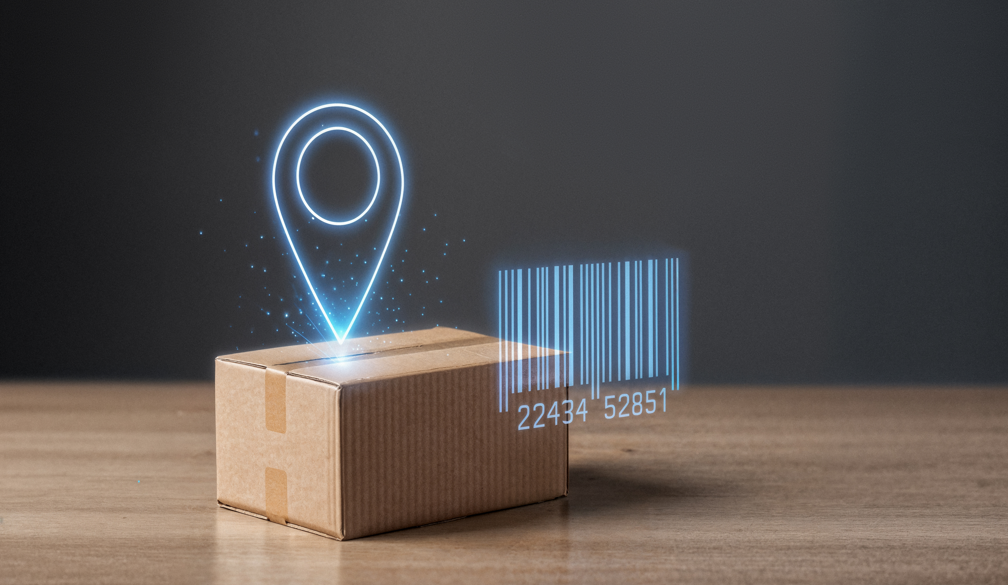Reducing Overhead Costs with Smart Office Technology

For many businesses, overhead costs are a constant concern. Rent, utilities, staffing, supplies, and operational inefficiencies can quickly add up, leaving little room for growth or innovation. Smart office technology offers a practical way to reduce these costs without compromising productivity or service quality. By combining automation, data analytics, and user-friendly tools, companies can streamline operations and free up valuable resources.
Modern solutions such as automated parcel management software show how targeted technology can remove inefficiencies from even the most overlooked processes. From handling incoming deliveries to optimising energy usage, smart systems are proving to be a cost-saving asset across departments.
"Every efficiency you create in the office is an investment in profitability."
Automating Routine Processes
Many office tasks consume time and manpower despite offering little strategic value. Scheduling meetings, logging deliveries, and filing documents are just a few examples. Automation tools can take over these repetitive processes, reducing the need for additional administrative staff and freeing up employees for higher-value work. For instance, integrating mailroom management software allows offices to automatically log packages, notify recipients, and maintain a secure audit trail without manual data entry.
Optimising Space Usage
Office space is expensive, especially in urban centres. Smart occupancy sensors and room-booking systems help businesses identify underused areas, enabling them to downsize or repurpose spaces. This can lead to significant savings on rent and utilities while also improving workflow by ensuring teams have the right spaces for collaboration or focus.
Space Efficiency Gains Through Technology
|
Before Smart Tech |
After Smart Tech |
|
Meeting rooms often booked but unused |
Real-time occupancy tracking |
|
High rent for underused floors |
Downsizing without disrupting work |
|
Disconnected booking systems |
Centralised, automated scheduling |
Reducing Energy Consumption
Heating, cooling, and lighting are major contributors to office expenses. Smart building systems can monitor occupancy and adjust environmental settings automatically, ensuring energy is not wasted on empty spaces. Over time, these adjustments can result in substantial cost reductions, while also supporting sustainability goals.
Streamlining Deliveries and Internal Logistics
For companies that handle a high volume of deliveries, inefficiencies in mail and package management can be costly. Lost parcels, delayed notifications, and inefficient storage waste both time and space. By implementing digital mailroom software platforms, businesses can speed up internal logistics, reduce lost-item claims, and ensure faster handovers. This creates a more secure and efficient flow of goods through the office.
Leveraging Data for Smarter Decisions
Smart office technology generates valuable operational data. By tracking resource usage, delivery times, or equipment downtime, managers can make informed decisions on where to cut costs or reallocate budgets. These insights often reveal inefficiencies that would have gone unnoticed without real-time monitoring and reporting.
Enhancing Remote and Hybrid Work
The shift to remote and hybrid work models has changed how offices operate. Video conferencing systems, cloud-based collaboration tools, and secure remote access solutions help businesses reduce their physical footprint while still maintaining productivity. This not only cuts overhead but also supports employee flexibility, which can lead to higher retention and lower recruitment costs.
"Smart technology is not just about convenience; it is about making every resource work harder for your business."
Preparing for Implementation
Transitioning to a smart office requires planning, but it does not have to be disruptive. Start by identifying the areas with the highest operating costs, such as utilities, space, or administration. Then, explore targeted solutions that integrate seamlessly with existing workflows. Staff training is essential, ensuring that the technology is used to its full potential rather than becoming an unused expense.
Overhead Cost Reductions by Technology Area
|
Technology |
Potential Savings |
|
Mailroom automation |
Reduced staff hours and lost parcel costs |
|
Energy management systems |
Lower utility bills |
|
Space optimisation tools |
Reduced rent or repurposed areas |
|
Workflow automation |
Increased productivity without extra hires |
Final Thought
Smart office technology is no longer just a futuristic concept; it is a practical, cost-effective way to improve efficiency and reduce expenses today. By automating routine tasks, optimising space, lowering energy use, and improving logistics, businesses can transform their overhead structure. The result is a leaner, more agile organisation that can invest more in growth and innovation instead of wasting resources on outdated processes.







